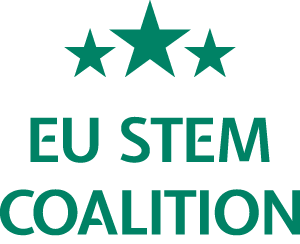BètaTechMentality model (BTM)
BètaTechMentality model (BTM)
Country:
Netherlands
Publication date:
1 January 2020
Publication type:
Tools
Young people think about technology in very different ways. The Bèta&TechMentality (BTM) model distinguishes between five types of young people, each of whom we can interest in technology in different ways through education and information. All kinds of factors play a role in this. For example: to what extent are young people already interested in new technology and confident about technological progress? Do young people have the idea that they can take on science and technology and can they improve their skills in this area? In this white paper, we describe the five types in turn and how they can be inspired by education and communication. You can imagine, for example, that "Creative Makers" and "Social Implementers" (two motivation types) find different things appealing in education. The BTM model is based on research among 9 to 17-year-olds from primary education to secondary education (VMBO, HAVO and VWO) in the Netherlands. The research consisted of two phases:
- Qualitative research: 30 exploratory paired interviews with a total of 60 children and young people, carried out by Youngworks. In it, we explored the motives and barriers that determine how young people experience technology. The insights from the qualitative research phase were translated into value propositions about their motives and attitudes toward technology.
- Quantitative research & segmentation: 1,472 children and young people then filled out a questionnaire. Based on their reactions to value propositions and a factor analysis, we determined the seven underlying dimensions of the model. And based on a cluster analysis, we identified five segments. This phase was carried out by Motivaction.
The five Bèta&TechMentality types all score differently on these seven dimensions:
- Self-confidence in science and technology
- Confidence in technological progress
- Interest in new technology
- Appreciation and respect
- Social commitment
- Technology can be learned
- Practical orientation
For a summary of the key outcomes and student types, please see the white paper via the link below. An translated version of the full 40 page report is also available.





